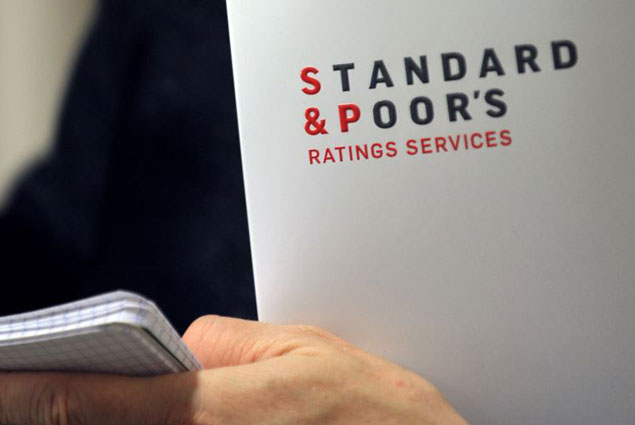ASTANA – S&P Global has affirmed Kazakhstan’s rating at ‘BBB-/A-3,’ according to a press release from Sept. 9. The outlook on long-term ratings remains negative. The agency also projects that the Kazakh economy will return to moderate growth rates in 2017.
“We consider that the commodity-dependent economy of Kazakhstan continues to face pressures in an environment of low and volatile oil prices. At the same time, our view of Kazakhstan’s creditworthiness remains supported by its still strong balance sheet underpinned by sizable sovereign wealth fund assets of about 50 percent of [gross domestic product],” according to the statement.
The prediction of growth next year is supported by projections of stronger investments and recovering private consumption, as well as by stronger export performance as the oil price outlook improves and “the giant Kashagan oil field will finally be launched after a long string of delays.”
“Kazakhstan’s economy depends heavily on the oil sector: official estimates suggest it directly comprised about 15 percent of GDP and accounted for over half of exports by value in 2014. We anticipate that, as oil prices remain low, Kazakhstan will this year register its weakest economic performance since
1998, with output stagnating in real terms. We believe export volumes will decline not only due to price effects but also due to the aging of the main oil fields, resulting in flat or slightly reducing oil output. At the same time, private consumption will contract in real terms as consumer purchasing power is hurt by the considerable Kazakh tenge depreciation in 2015,” said the press release.
According to the data in the report, Kazakhstan’s real GDP for the next year is projected to be 1.5 percent, while in 2018 and 2019 it will be 2.2 and 2.5 percent respectively.
While S&P Global predicts 0 percent growth for 2016, the Kazakh government says it will be nearly 0.5 percent.
The agency’s negative outlook primarily reflects the risk that Kazakhstan’s troubles may not be over and that fiscal and external profiles, still relatively strong, may weaken over the next 18 months. “It also reflects the risk of Kazakhstan’s economic growth rate declining more than we presently anticipate,” said the statement.
Also in the view of S&P Global, Kazakhstan’s banking system remains weak.
“We expect a rise in reported nonperforming loans (NPLs) this year as last year’s tenge depreciation affects the capacity of some borrowers to service their foreign-currency denominated loans. We also believe that the official NPL statistic of close to 8 percent as of July 2016 underestimates the credit risk in the sector. This is because some banks have created special purpose vehicles to which they have offloaded NPLs at face value. Adjusting for this effect, the underlying NPL level is likely to be considerably higher,” the statement predicted.



